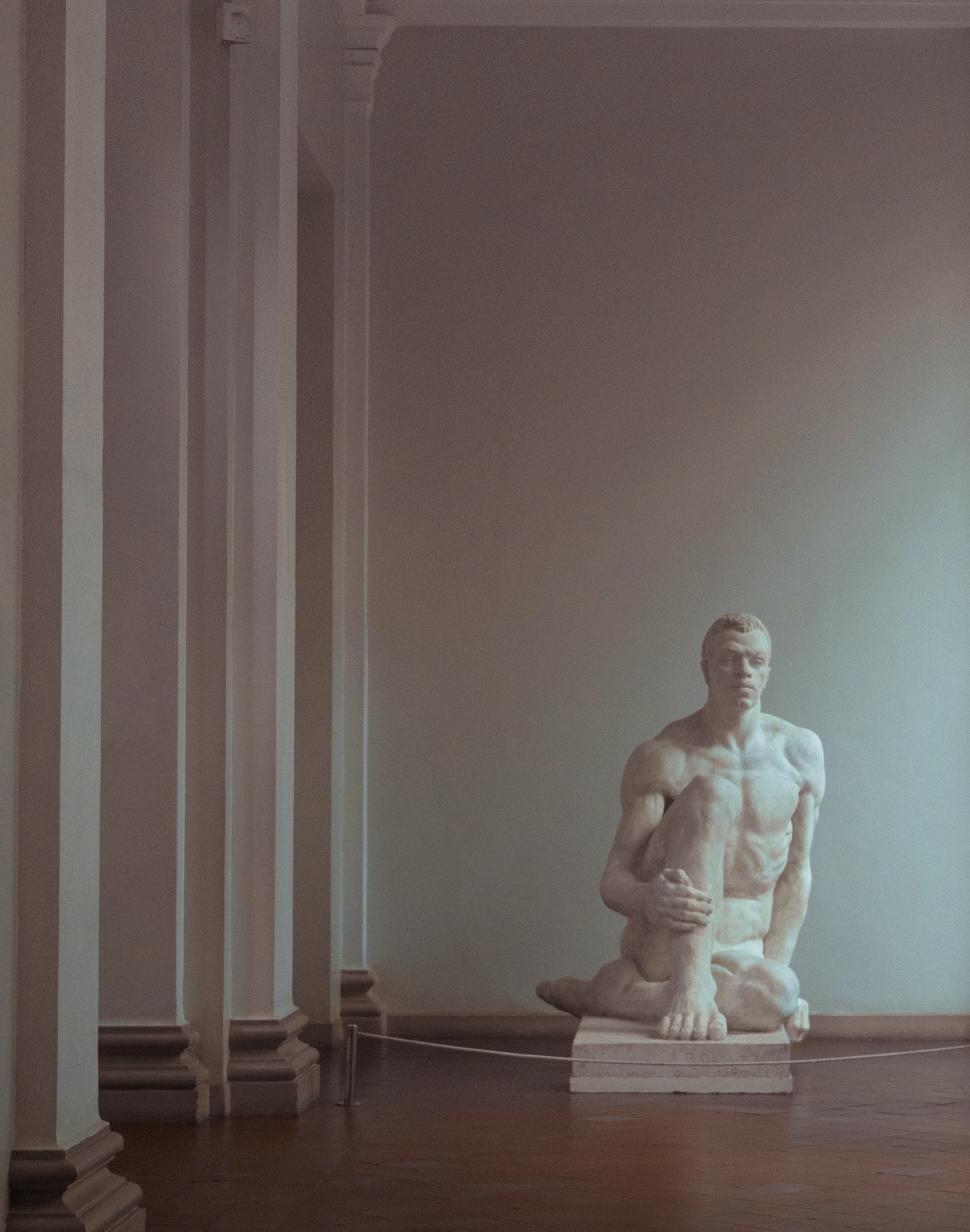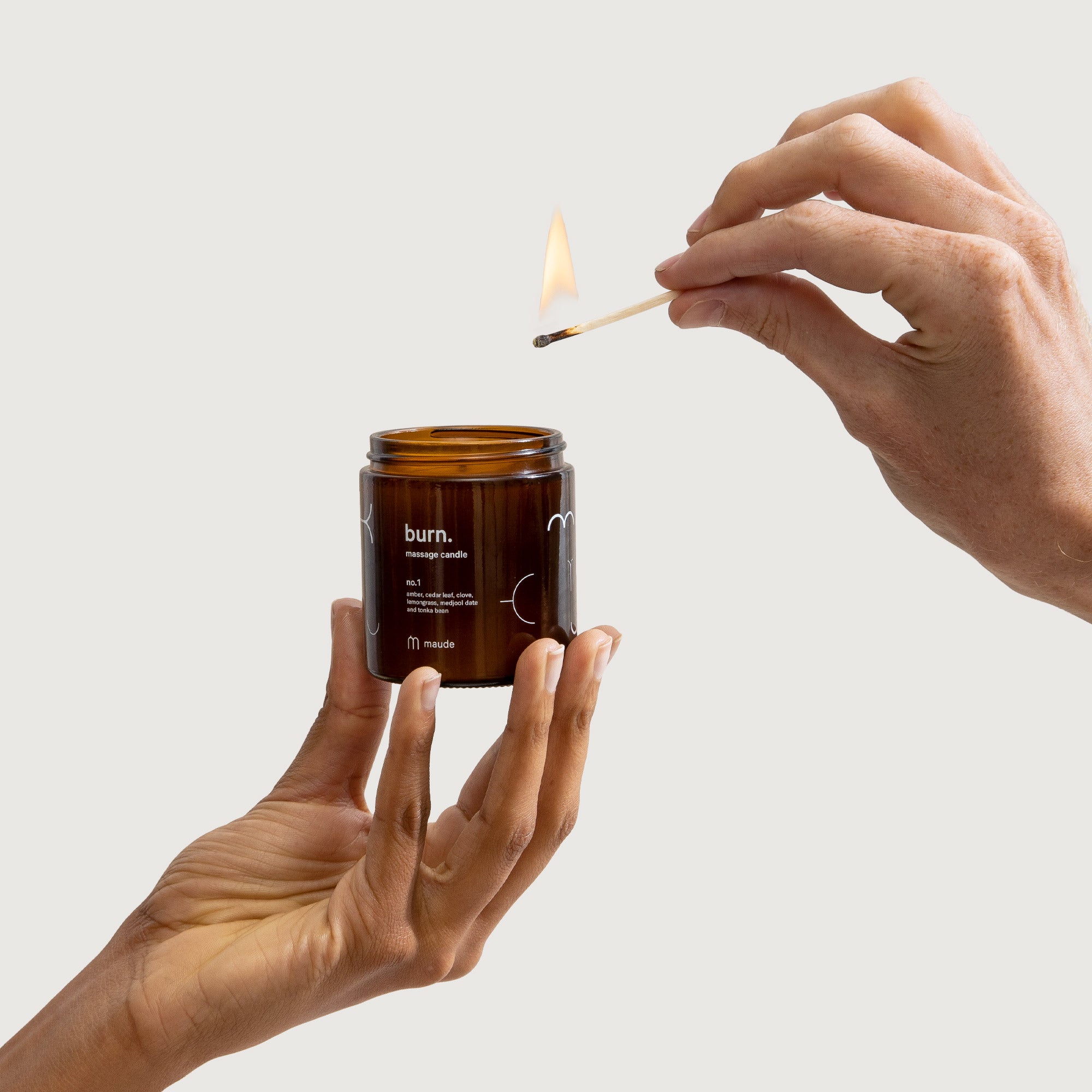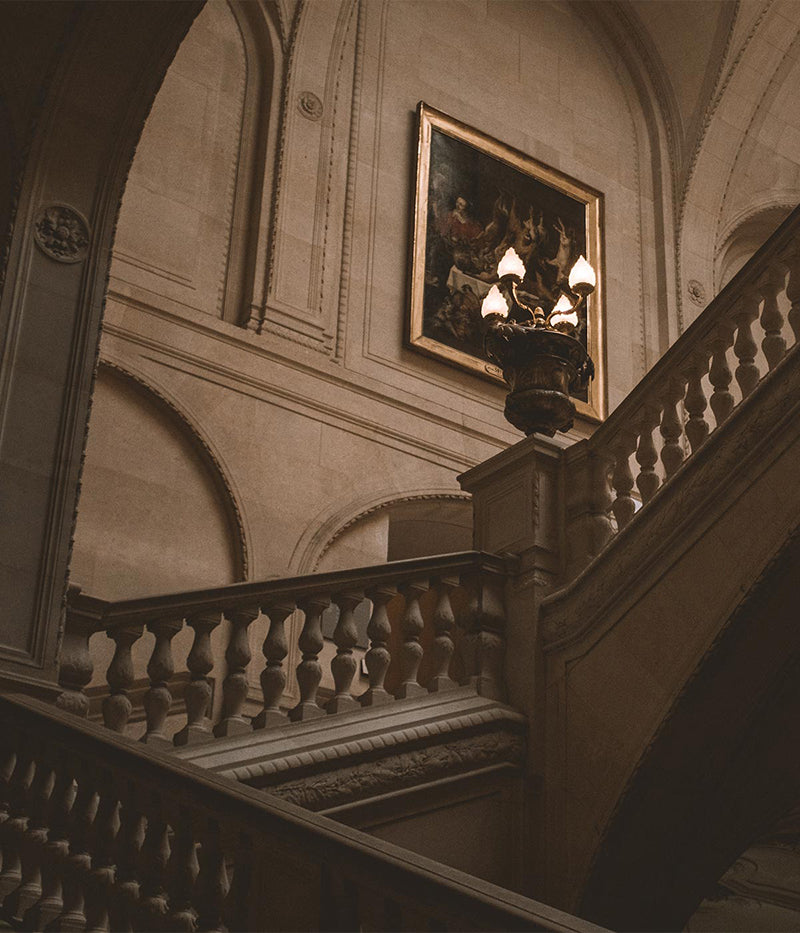A Brief History Of The Portrayal Of Sex In Art.

For as long as humans have drawn, they’ve drawn people going at it.
Stone Age sex
For as long as humans have been creating art, they have been representing sex in some way or another. There are Paleolithic cave paintings that focus on genitalia, and ‘Venus figurines’ are among the earliest known sculptures of the human form, exaggerated representations of women which sideline faces and limbs to focus heavily on breasts and genitals. The oldest examples that have been found are up to 35,000 years old, carved from mammoth tusks.
At a cave in Germany featuring vaguely phallic and breast-like rock formations inspired early artists, 12,000 years ago, to decorate it with murals of nude women—either for a fertility ritual or as somewhere for Stone Age people to get their rocks off.
The ancient world of erotic pottery
The ancient Greeks and Romans were both fans of erotic artwork covering everyday objects, with some Greek ceramics featuring matter-of-fact representations of what can fairly be described as pretty advanced sex acts. Detailed depictions of man-on-man and woman-on-woman action date from these times, and the world was awash with sculpted penises. Roman streets cheerfully integrated penis motifs both for artistic and practical reasons (functioning as signposts to brothels) while a lot of Greek homes featured a herm—a carved bust of a head on a plinth with a penis and testicles sticking out of it.
While very little of the art that has survived from ancient Egypt depict sexual situations, the Turin Erotic Papyrus, dating from around 1150BCE, is hieroglyphic hardcore. While half of it is dedicated to animal cartoons, the other half shows out-of-shape men demonstrating dozens of sexual positions with beautiful younger women.
In India, the first century CE saw the creation of the Kama Sutra, the most famous how-to book in history. The importance of the idea of kama—a combination of desire, sensual pleasure, and enjoyment of life—led to the creation of a lot of erotic art. Statues depicting various sex acts can be found in Hindu temples all over the subcontinent.
Medieval monks and erotic octopuses
During the Medieval era in Europe, monks painstakingly creating illuminated manuscripts sometimes took a break from religious calligraphy to draw detailed erotic images in the margins.
From the 13th century onwards, Japan and China produced huge amounts of erotic art. Japanese woodblock prints known as shunga depict occasionally physically implausible acts featuring everyone from lowly farmers to upmarket courtesans and, occasionally, octopuses. A lot of the characters are mostly clothed other than their exaggeratedly large genitals, which are sometimes said to express emotion in ways that traditional values prevent people from expressing facially. Erotic scrolls from China’s Ming dynasty were used both for arousal and instruction, and ceramics with detailed sexual scenes inside were often part of a dowry. A lot of erotic Chinese art also features painstaking attention to detail when it comes to the participants’ surroundings, a reflection of the Taoist principle of being at one with nature.
Industrial erotica
The Renaissance in Europe saw conflicting attitudes towards portraying sex. Interest in tales of old gods meant artists could paint detailed images of sex acts from ancient stories, while similar imagery without the classical connection could lead to the artist being imprisoned. Developments in printing led to the wide circulation of erotic engravings and mass-produced underground erotic pamphlets, often doubling down on their perceived outrageousness by featuring priests and nuns by the dozen.
Creativity and desire seem intrinsically linked—whatever is available to people, they’ll use it to make something sex-related. Modern technology means the days of painstakingly crafting sexy mammoth tusks are long over, but the instinct is essentially the same.






